Category: Blog
The Artisanal Revival of Coconut Shell Crafts
In a world increasingly disconnected from nature and traditional artforms, an eco-friendly craft renaissance is taking root – and it starts with the humble coconut shell. From breezy tropical shores to urban makers’ studios, these overlooked natural resources are finding new life as beautiful, sustainable works of art and utility.
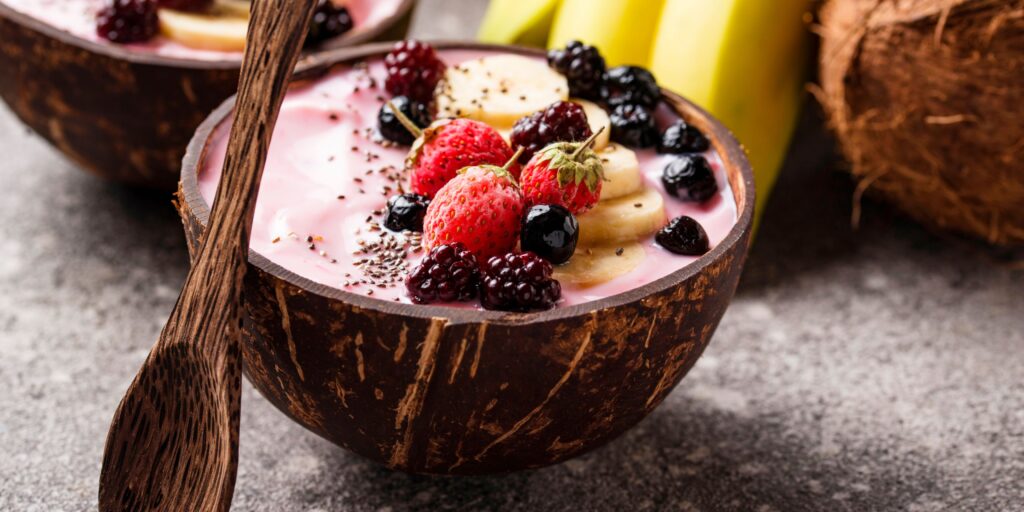
For centuries, coconut shell carving has been a respected folk art across cultures in coastal regions worldwide. Artisans in India, Sri Lanka, Vietnam, the Philippines and beyond have evolved intricate techniques to transform the thick, dense coconut endocarp into finely-detailed bowls, utensils, jewelry and decor items.
Now, a new generation of craftspeople and eco-conscious consumers are driving a renaissance in coconut shell’s popularity and creative applications. What was once relegated to the realm of traditional cottage crafts is being celebrated as an environmentally-sustainable alternative to plastic, wood and mineral crafts.
At the forefront of this cultural shift are collectives like the Crafters Village in Tamil Nadu, India. Founded to empower rural artisan communities, the collective trains members to derive their livelihoods from ethically-sourced natural resources like coconut shells, palm leaves and recycled wood.
The products emerging from these village studios deftly fuse time-honored aesthetics with contemporary design sensibilities. Beneath skilled hands, intricately carved coconut shells are transformed into versatile tableware and serveware – from stylish dessert bowls to artful serving platters and nesting condiment dishes.
Coconut’s naturally smooth surface and rich brown tones lend warmth to modern home decor pieces like coconut shell hanging lamps and wall art panels. And its lightweight, durable nature makes it ideal for travel accessories like coconut shell jewelry boxes and handbags.
For the eco-conscious consumer, coconut’s sustainability credentials are unparalleled. Each product upcycles a natural, renewable material that would otherwise be discarded. The shells are sourced from existing coconut industries with no additional environmental burden.
As the world awakens to coconut shell’s versatile potential, conscious artisans and indie makers aren’t just crafting beautiful objects – they’re preserving cultural craft heritages while driving sustainable economic empowerment. One creation at a time, the coconut is fueling an artisanal wave that protects the planet while connecting us to nature’s elegant, organic designs.
The Sustainable Artistry of Indian Bamboo Craft
In India, the humble bamboo plant has elevated to an iconic art form, its versatile stalks woven into intricate and breathtaking creations. Bamboo’s natural beauty and incredible tensile strength have made it an indispensable medium for craftspeople across the nation for centuries.
In the northeastern states like Assam, Manipur, and Mizoram, bamboo craft represents far more than just inspired artistry – it showcases a deep reverence for nature and sustainable traditions. Here, entire communities rely on cultivating and artistically manipulating the sturdy grass. With deft hands, bamboo artisans effortlessly coax it into sculpture, furniture, baskets, masks, musical instruments and more through intricate techniques like caning and knitting.

The Bamboo Architecture of Konark
Odisha’s legendary Sun Temple at Konark offers one of the world’s most awe-inspiring tributes to bamboo’s architectural potential. Dating back to the 13th century, the ancient monument’s finely-carved stone bamboo recreations – from the soaring pyramidal tower to life-sized musicians and dancers – serve as an eternal ode to this hardy grass’s cultural significance.
In India’s bamboo heartlands, entire village communities have achieved staggering artistry through masterful bamboo manipulation. The Bamboo Valley in Tripura contains thatch huts elevated into palace-like structures, with intricately carved bamboo adorning every surface. Artisan collectives produce museum-worthy trays, lamps, decorative birds and home goods that highlight bamboo’s versatility as a textile and hard-molded medium.
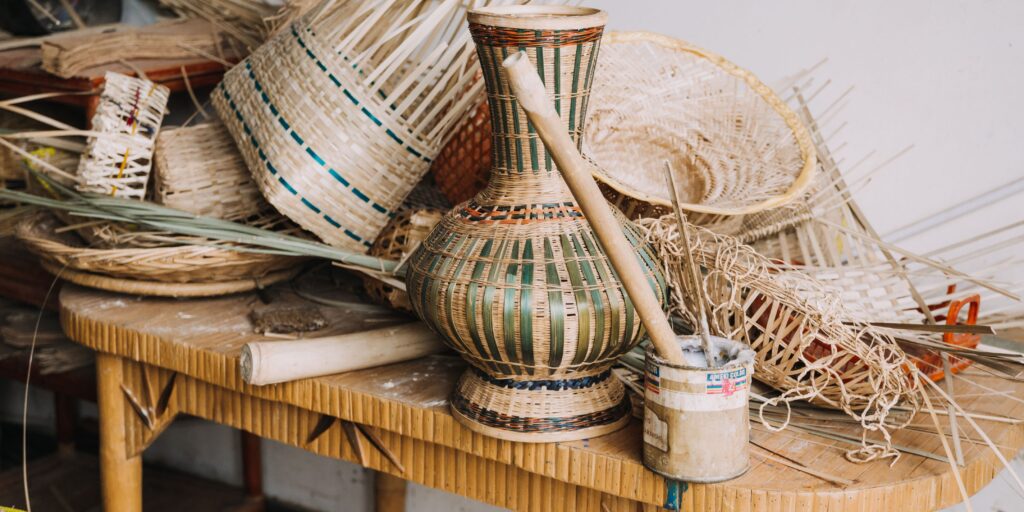
Bamboo’s Sustainable Future
What makes bamboo art so alluring is not just its beauty, but its inherent sustainability. One of the world’s most renewable natural resources, bamboo releases 35% more oxygen and absorbs more carbon dioxide than an equivalent stand of trees. With some species growing over three feet per day, the cane replenishes at an incredibly rapid rate.
As environmental consciousness rises, bamboo art has gained new appreciation as an eco-friendly alternative to less sustainable materials. Modern Indian designers have harnessed bamboo to produce sculptural lamps, bold furnishings, and even sleek architectural installations – all while treading lightly on the earth. By melding ancient cultural motifs with contemporary aesthetics, bamboo has become the embodiment of India’s ascendant green design movement.
From the humblest village bamboo weaver to cosmopolitan craftspeople, India’s bamboo artisans channel centuries of socio-cultural identity into their creations. These remarkable works invite us to celebrate the raw beauty and sustainability of a simple grass – while marveling at humanity’s ingenious capacity to transform the most ordinary of natural resources into transcendent art.
The Ancient Art of Indigo
Indigo, with its rich blue hues, has captivated artists and cultures across the globe for millennia. This natural pigment, derived from plants like true indigo and woad, has woven its way into some of humanity’s most vibrant and renowned artistic traditions.
In ancient Egypt, indigo-dyed fabrics were highly prized, with their luminous blues adorning only the finest royal linens. The color’s association with power and luxury endured as it spread through trade along the Mediterranean and into regions like Greece and Rome. Indigo’s allure stemmed not just from its depth of color, but the mystique surrounding the complex process of extracting and fixing the fugitive dye.

Across Asia, indigo took on immense cultural significance as a key component of traditions like batik in Indonesia, shibori in Japan, and the intricate bandhani tie-dye work of the Indian subcontinent. From the Chinese Han Dynasty’s coveted blue-patterned silks to the all-encompassing indigo-dyed cloaks of Maya Mesoamerica, the pigment formed an indelible part of the human experience.
What drew artists and crafters to this chameleon-like pigment, with its ability to cast rich navy shadows or radiate vibrant cerulean glows? Beyond the captivating visual depth, many believed indigo possessed spiritual and healing properties. Buddhists saw it as evocative of a transcendent universal force. In West Africa, the Yoruba people associated indigo with ancestral essence, protection from danger, and prosperity.

Today’s artists remain enthralled by indigo’s enigmatic allure and entwined cultural roots. By reviving and reinterpreting ancient dying methods like batik, ikat, and dabu mud-resist, they explore humanity’s primordial connections to natural pigments. From lush indigo-dyed silk paintings and Japanese shibori wall-hangings to geometric adire textiles of the Yoruba, these works revive the mysteries and meanings imbued in this most storied of colorants.
For whether blazing as pure lapis or deepening to ink-black tones, indigo awakens something primal within us. Its radiantly shifting shades evoke the life-giving qualities of nature – the infinite blues of oceanic depths, a midnight desert sky awash in stars, or a late summer’s twilight reverie. To behold true indigo is to gaze into an infinite well of the universe’s most profound hues.
-
Product on sale
 Hand Furnished Indigo Brown BagOriginal price was: ₹1,099.00.₹549.00Current price is: ₹549.00.
Hand Furnished Indigo Brown BagOriginal price was: ₹1,099.00.₹549.00Current price is: ₹549.00. -
Product on sale
 Indigo Printed BagOriginal price was: ₹1,299.00.₹649.00Current price is: ₹649.00.
Indigo Printed BagOriginal price was: ₹1,299.00.₹649.00Current price is: ₹649.00. -
 Indigo Frock – 3-4 Years₹799.00
Indigo Frock – 3-4 Years₹799.00 -
Product on sale
 Indigo Cushion – Set of 5Original price was: ₹2,125.00.₹1,700.00Current price is: ₹1,700.00.
Indigo Cushion – Set of 5Original price was: ₹2,125.00.₹1,700.00Current price is: ₹1,700.00. -
Product on sale
 Indigo RunnerOriginal price was: ₹1,336.00.₹1,068.00Current price is: ₹1,068.00.
Indigo RunnerOriginal price was: ₹1,336.00.₹1,068.00Current price is: ₹1,068.00.

 Hand-Painted Stainless St...
Hand-Painted Stainless St... 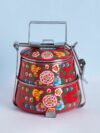 Traditional Lunch or Tiff...
Traditional Lunch or Tiff... 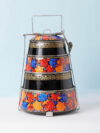 Hand-Painted Stainless St...
Hand-Painted Stainless St...  Indigo Frock - 3-4 Years
Indigo Frock - 3-4 Years 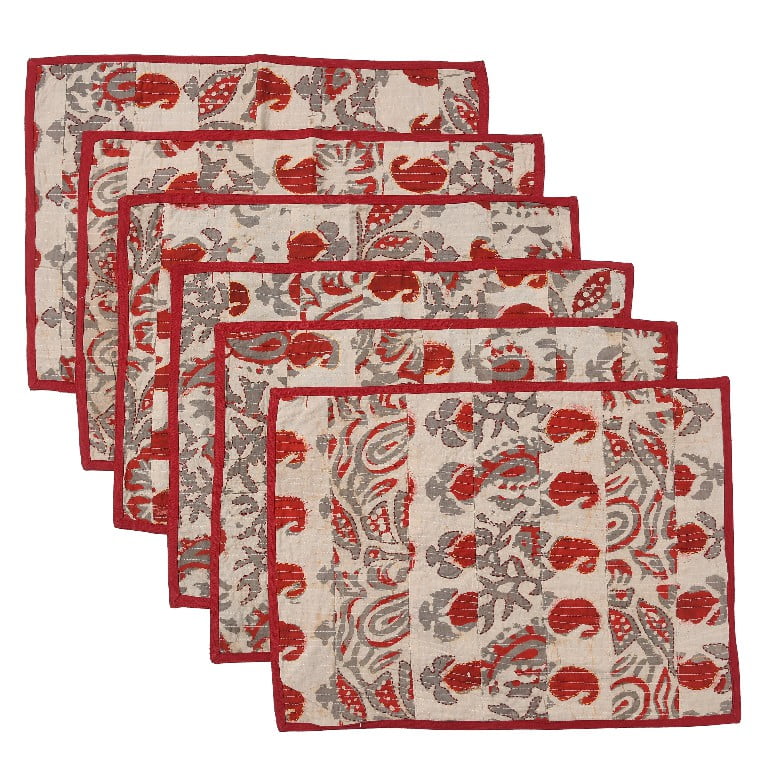 Nautical-Inspired Cotton ...
Nautical-Inspired Cotton ... 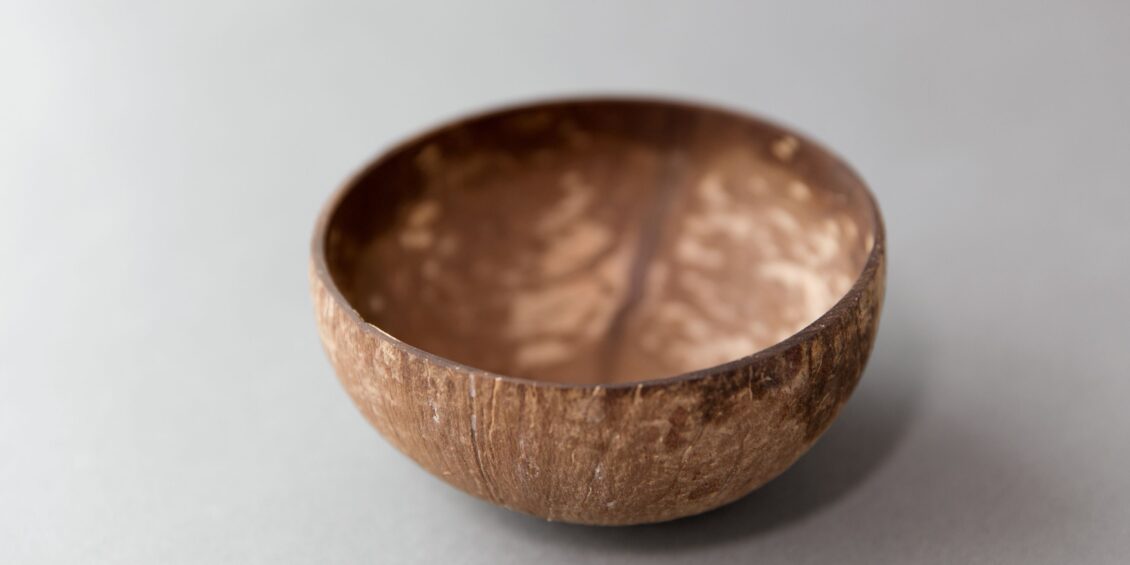
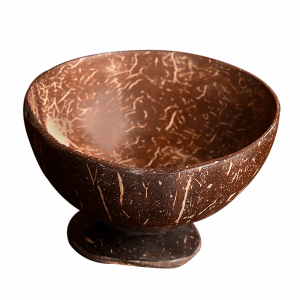
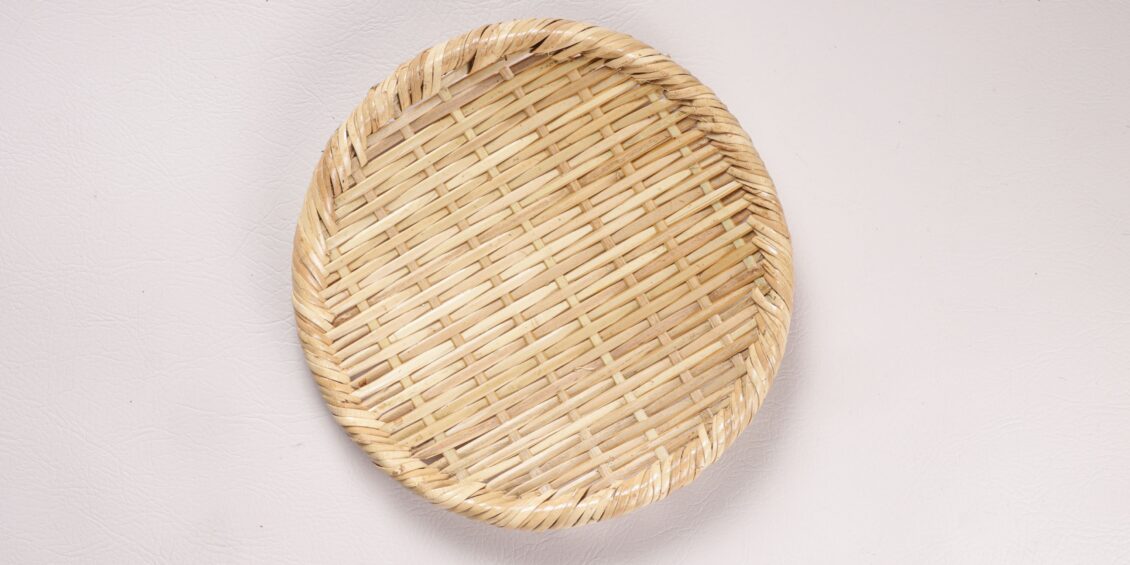

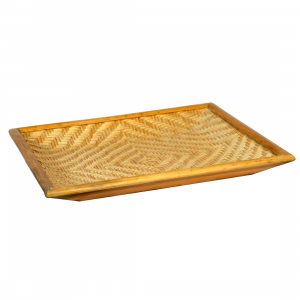
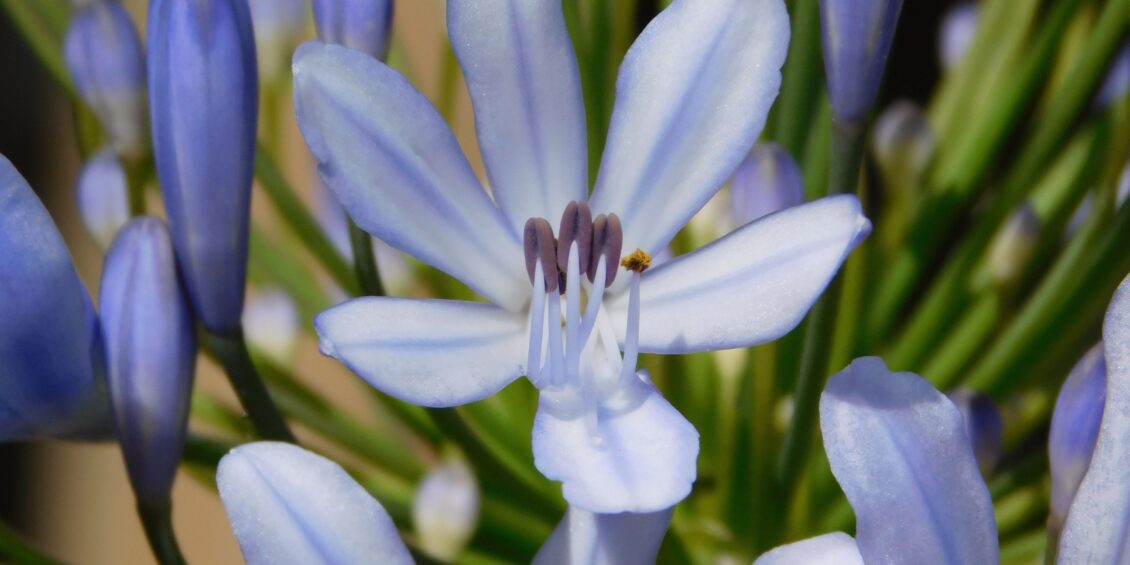
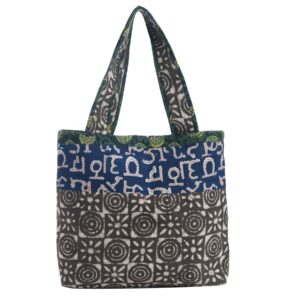
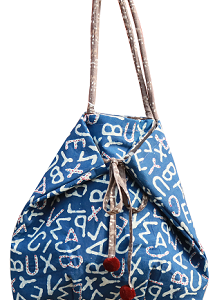

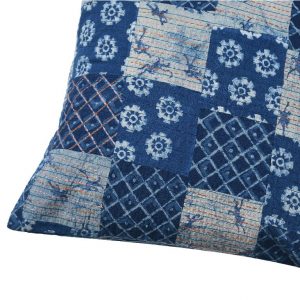
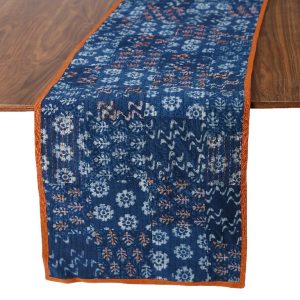
 The Ancient Art of Indigo
The Ancient Art of Indigo  The Sustainable Artistry of Indian Bamboo Craft
The Sustainable Artistry of Indian Bamboo Craft  The Artisanal Revival of Coconut Shell Crafts
The Artisanal Revival of Coconut Shell Crafts  The Warmth and Elegance of Wood in the Kitchen
The Warmth and Elegance of Wood in the Kitchen
Recent Comments